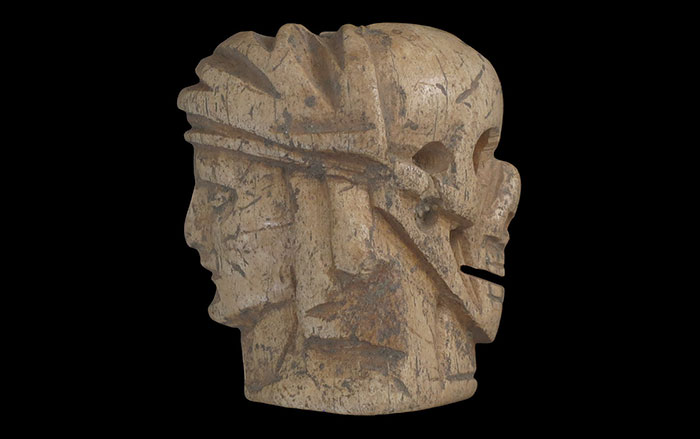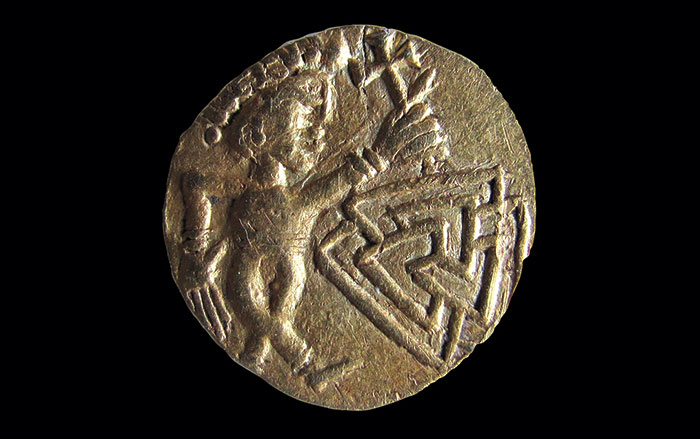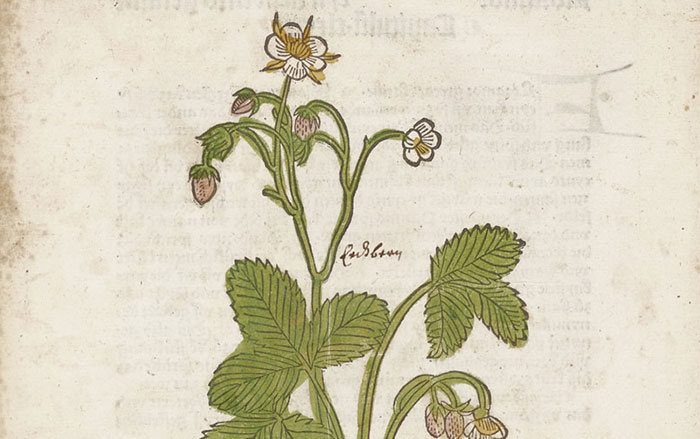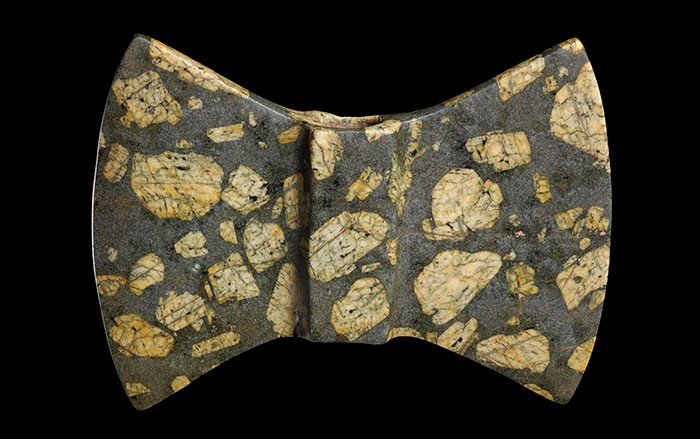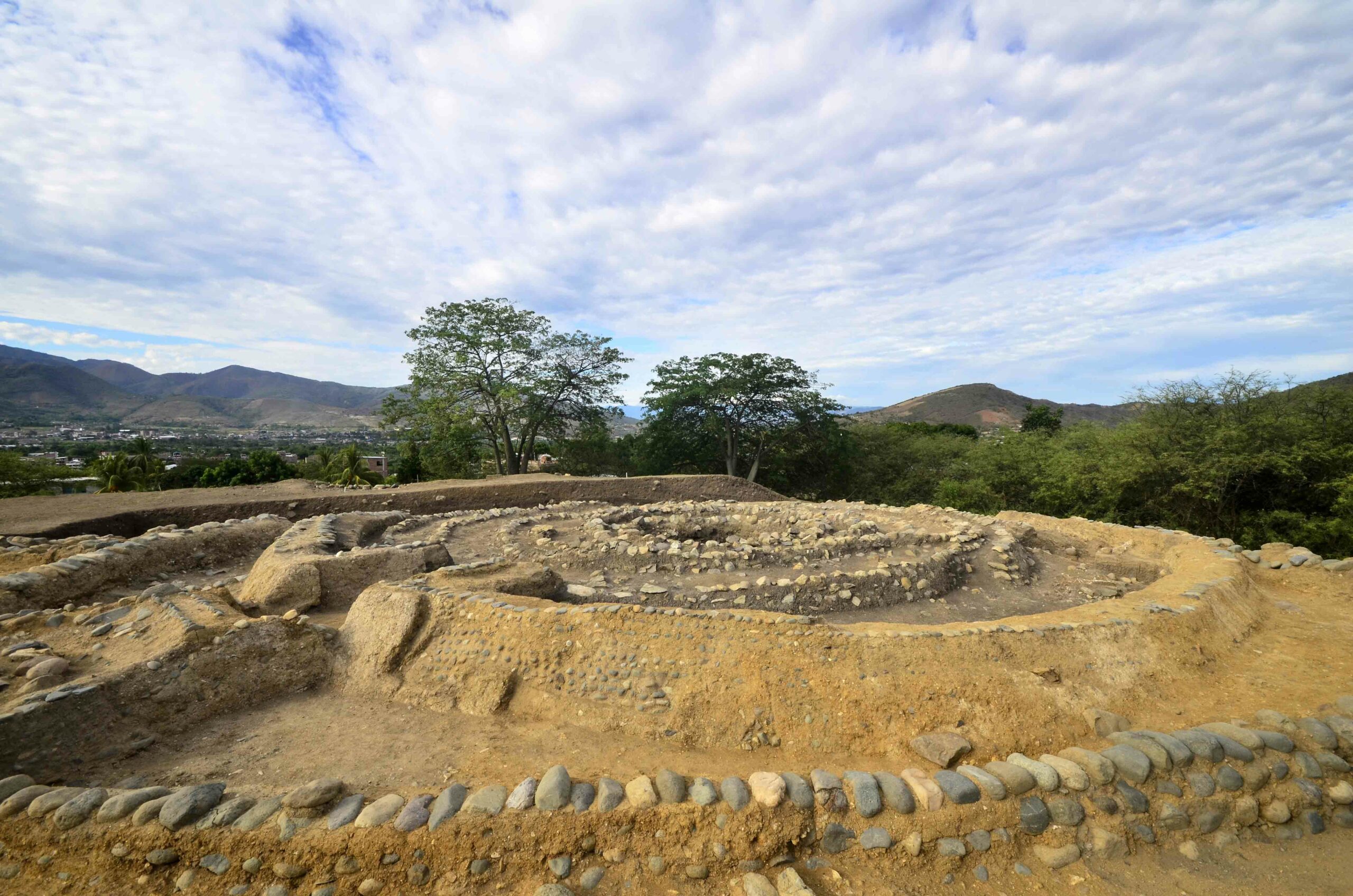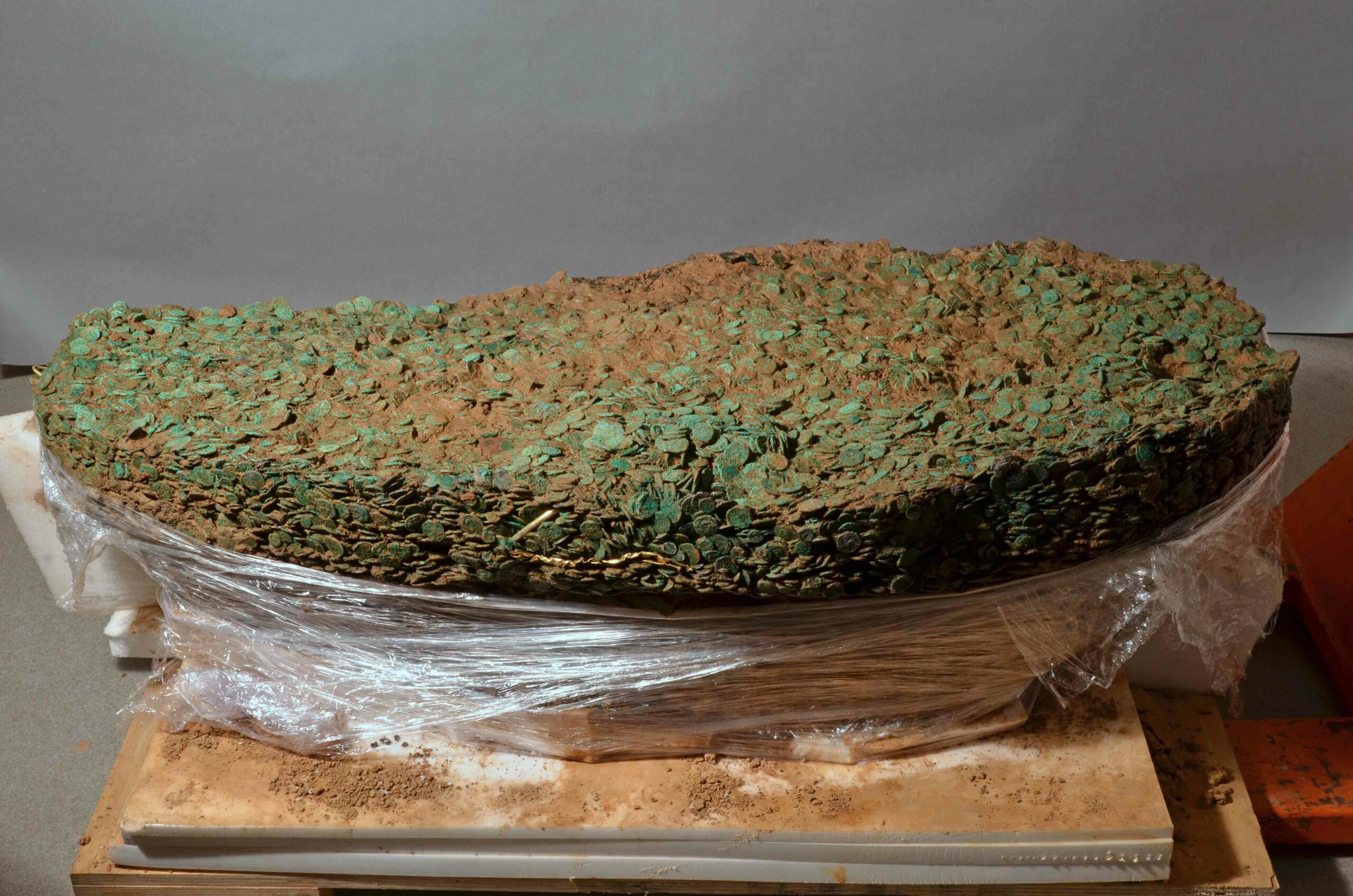
LONDON, ENGLAND—Silvia Bello of London’s Natural History Museum says human remains uncovered in southwestern England’s Gough’s Cave bear signs of cannibalism, such as butchering marks and tooth imprints. The New York Times reports that zigzag patterns cut into the 15,000-year-old bones indicate the practice may have been ritualistic at times. Similar zigzag patterns have been found in France on animal bones dating to the same period. Bello and her colleagues compared the zigzag marks from Gough’s Cave to marks on other human and animal bones in the cave and other archaeological sites. They found that the zigzag cuts were deeper, wider, and more visible than most butchering marks. Such repeated, impractical cuts were usually avoided by butchers who were just interested in a meal, Bello thinks, because they can blunt a stone blade. Bello speculates that cannibalism was practiced as a way to dispose of, or perhaps even honor, the body after a person died from natural causes. For more, go to “Colonial Cannibalism.”



